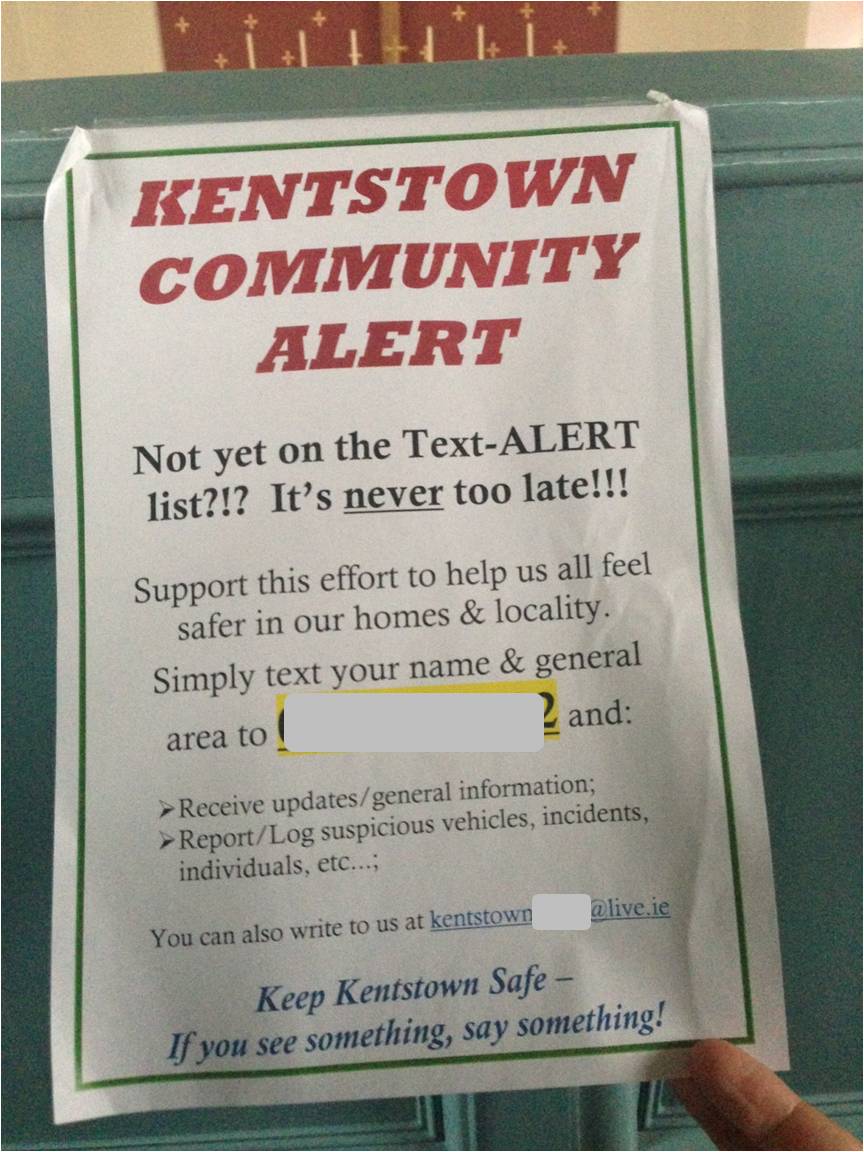Community safety
Contents
Definition of "community"
The CRSI (2011: 12)[1] defined community as "a group of individuals and organizations bound together by geography and perceived self-interest to efficiently carry out common functions".
Personal safety and community safety
One of the primary requirements of any sustainable community is a safe environment for its people to live their lives. The importance of personal safety to the success of an area is unsurpassed. It is affected by design, management and behaviour and in turn it affects people’s decisions about whether to stay in an area or leave at the first opportunity.
Policing and local government are the twin agencies with responsibility for creating a safe, clean and green environment. They are partnered by the community living and working in the area. It is never too early nor too late to create an awareness of the components of and interactions among crime, personal safety, active citizenship and sustainable and successful places.
Key challenges in sustaining community safety
There are varying factors that contribute to a community experiencing difficulties in providing a safe environment. While there can be a temptation to arrive at solutions through ad-hoc interventions, a partnership/community approach is more successful. Preventing crime, solving crime and fostering an environment where crime and anti-social behaviour will not flourish are among the key challenges facing any community.
- Towards A Safer Community: To involve citizens in the provision of a safe, pleasant environment, where people can live, work and visit;
- Targeting Crime: To ensure a reduction in levels of crime and disorder;
- Promoting Public Order: To reduce the incidents of public disorder and anti-social behaviour;
- Tackling Substance Misuse: To support existing agencies and community organizations who are working in the area of substance misuse;
- Supporting Young People: To make a safe place for young people;
- Communicating Positively: To nurture a feeling of community safety through the development of an effective communications strategy;
- Facilitating Transition: To assist the community through the transition period of regeneration in the safest way.
The community safety approach
The community safety approach involved is discussed in more detail here.
Footnotes and references
- ↑ CRSI (2011): Community Resilience System Initiative (CRSI) Steering Committee. Final Report — a Roadmap to Increased Community Resilience. Community Resilience System Initiative, Community and Regional Resilience Institute: Washington D.C. On-line on Internet: URL: http://www.resilientus.org/library/CRSI_Final_Report-1_1314792521.pdf [2012-06-05].
